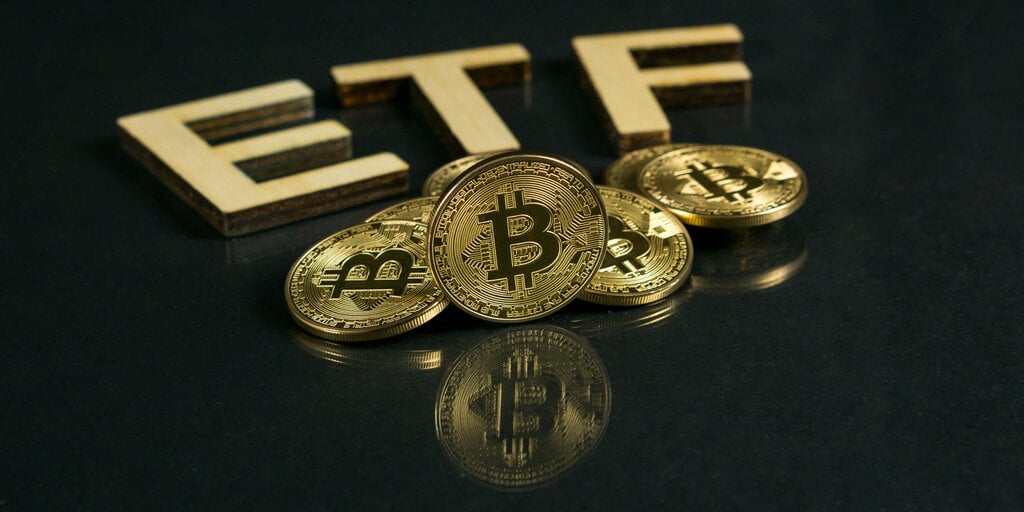What’s behind the nearly $1 billion surge in blockchain gaming investments?


The following is a guest post by Yaniv Baruch, COO of Playnance.
The first quarter of 2024 has reinvigorated investor sentiment in the cryptocurrency market. With the conclusion of a landmark lawsuit against the SEC, US investors can finally take advantage of Bitcoin ETFs in-situ. This opened Web3’s doors to large institutional investors. Weekly net cash inflows into US-based ETFs have repeatedly exceeded initial forecasts, sparking a bullish rally against Bitcoin’s all-time high price.
Despite optimism in the broader market, investment in Web3 games remained cautious, with $288 million committed in the first quarter. Nonetheless, April brought a windfall for the industry.This is $988 million, the highest monthly investment since January 2021.
Soaring Investment: Data
The root causes of this year’s surge in investment appear to be similar to those in early 2021. Just three years ago, the GameFi industry was expecting explosive growth due to the emergence of new technologies such as NFT. From 2020 to 2021, the total market capitalization of NFTs has surged 29 times, while the total value locked in DeFi protocols has reached historic highs.
Likewise, the sharp increase in committed investments in April 2024 was driven by Ethereum’s recent implementation of new account abstraction technology and the overall increase in layer 3 blockchain solutions. Corporate activity is unusual. a16z is raising a $600 million gaming fund, Bitcraft Ventures is raising its third GameFi fund at $275 million, and Ubisoft Studios is increasingly interested in blockchain collaborations and joint ventures. All indications are that Web3 Games is off to a strong head start.
This is backed up by very strong built-in user engagement metrics. The average number of unique active wallets for gaming dApps is nearly 3 million per day, a record number. Data from DappRadar shows that every third person who logged into a dApp in April did so primarily for gaming purposes. This suggests strong interest in fair play, play-to-earn and play-to-airdrop business models. Meanwhile, the number of active blockchain gamers will increase by 83% in 2024, reaching 90.3 million users.
Growth Driver Explained: Account Abstraction and Layer 3
Why do market participants and venture investors equate the importance of account abstraction and Layer 3 with the groundbreaking impact of NFTs and DeFi? In 2021, blockchain games have tried to find unique ways to differentiate themselves from previous Web2 games. This search for the value proposition presented in NFTs provides users with true data sovereignty and ownership claims over digital assets and DeFi, monetizing numerous native GameFi tokens.
What will hinder the future development of Web3 games in 2024 will not be the novelty of the technology or the lack of sustainable financial rewards. Users have become familiar with the world of Play to Earn GameFi and Web3. Ironically, the taste for new technology has become the opposite. In other words, it’s annoying because it stands out. What VCs are looking for is not the technology or the in-app economic layer. Rather, they see. Account abstraction and layer 3 solutions as technology catalysts for great GameFi UX.
On paper, account abstraction replaces non-custodial wallets with programmable smart contracts. In fact, this gives dApp developers unprecedented flexibility at scale. For example, AA removes seed phrase dependence and introduces random verification, allowing gamers to create trustworthy decentralized accounts using familiar options like email or Google accounts.
Second, it maintains the integrity of the in-game experience without compromising security, eliminating the need to authorize every in-game purchase individually or from an external wallet. Finally, account abstraction introduces sponsored transactions, eliminating the most notorious gateway to dApp UX: gas fees.
Even when network activity is low and gas fees are negligible, the cognitive bias toward unpredictable and unexpected additional costs can prevent users from engaging more with dApps. Connecting a fiat card to seamlessly pay for gas fees or using developer funds to cover associated commissions directly is an important step towards better UX and better user retention.
Likewise, Ethereum’s vertical scaling of layer 3 solutions (also known as application-specific blockchains) can be used to achieve zero-gas functionality by reducing transaction execution times and dramatically reducing gas fees. Layer 3 solutions combined with account abstraction deliver a completely new experience at GameFi. That said, it’s truly free-to-play, smooth, and indistinguishable from the Web2 game process UX.
Chekhov’s Gun: The Future of GameFi
Easy access to new technologies With significant financial backing breathing new life into the sector, it’s only a matter of time before these fundamentals become the next major wave of GameFi products.
If this is realized, blockchain games will become the forefront of a new development paradigm that puts user experience first. Technological advancements such as Layer-3 solutions and account abstraction are coming into the early tech stack of most GameFi products, and Web3 is taking it in a new direction. A step toward widespread adoption. The blockchain of tomorrow will present itself as an alternative to Web2 and a much better option.


